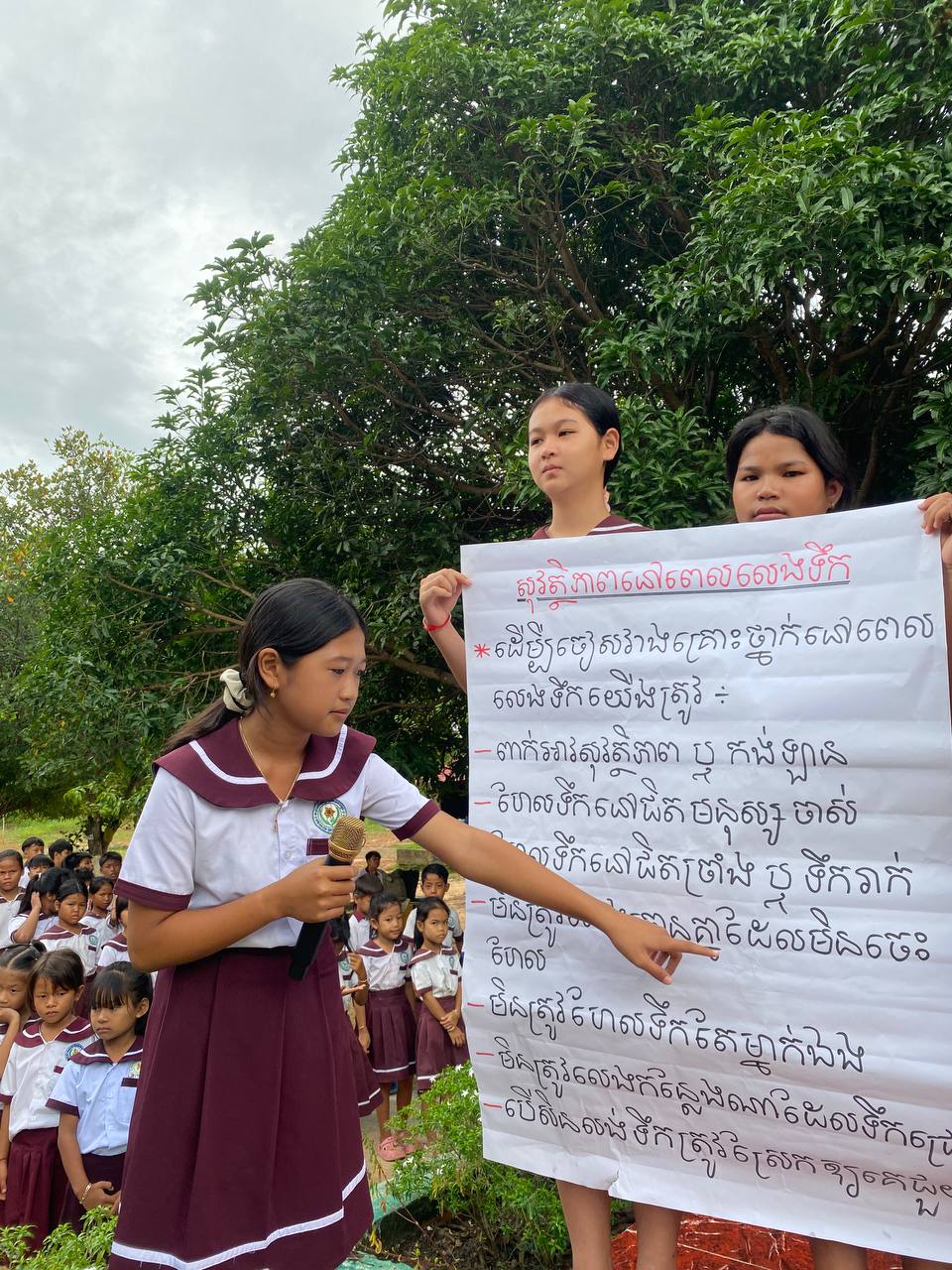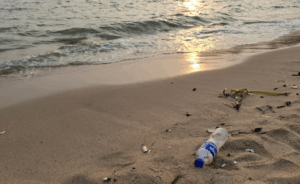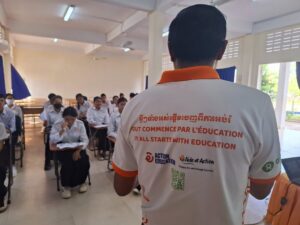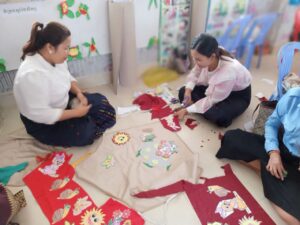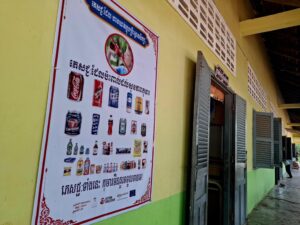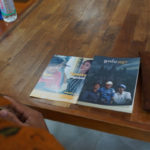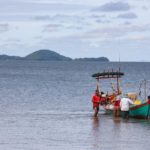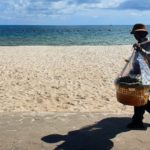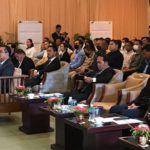In Koh Sdach, a small island off the coast of southwestern Cambodia, the leadership of young students like Heng Sanhy demonstrates the power of youth engagement in building climate resilience.
Although island communities from countries of the Global South contribute the least to climate change, they are among the most affected by the global crisis. They often depend on climate-sensitive sectors such as fishing, farming, and tourism—industries that are easily affected by rising seas, extreme weather, and other climate changes.
Environmental pressures do not just threaten their livelihoods—they threaten their very existence. Deepening the climate injustice, island communities face systemic disadvantages that limit their capacity to adapt and recover. Due to their geographical isolation, they are often left with limited access to healthcare, clean water, and reliable transportation systems.
And within these communities, it’s often women and children who bear the brunt—but who also hold the key to creating sustainable change rooted in local knowledge.
She Leads: Youth Voices from the Islands
Heng Sanhy, though still a student at Koh Sdach primary school, is already embodying the spirit of resilience and empowerment. As Deputy Head of the Children’s Council, she not only symbolizes the determination of island people for justice, resilience, and survival—she also plays an active role.
On 12 May 2025, Sanhy led an awareness session under the theme “Water Safety While Playing,” alongside teacher Hen Solinda and school coordinator Mr. Nan Vannanet. Her voice is vital for island children. Rising sea levels, unpredictable weather, and extreme heat are not distant threats—they are already reshaping how children live and play.
As temperatures rise, children are increasingly drawn to natural water sources for relief, yet these environments can quickly become dangerous. Amidst these challenges, youth—and particularly girls like Sanhy—are stepping up to advocate for safety.
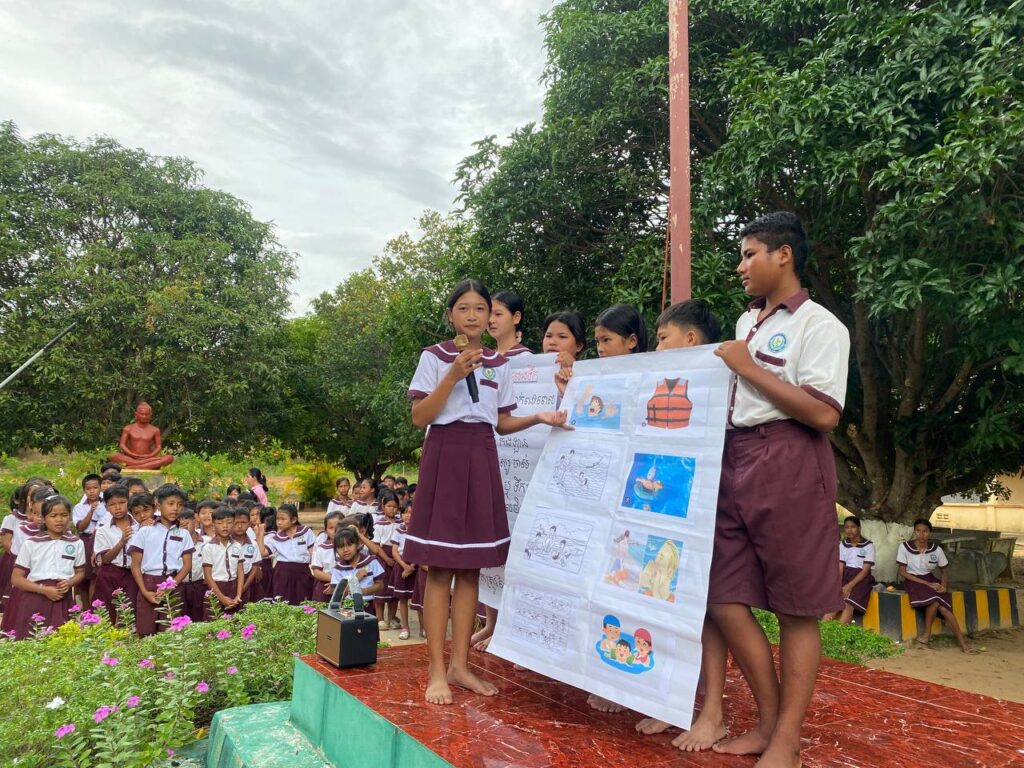
Action Education / Aide et Action Cambodia supports awareness activities in schools in coastal and island regions through the CO-SAVED project, which is co-funded by the European Union. At Koh Sdach Primary School, teaching water safety is about protecting children from preventable harm in an environment where water is both life-giving and potentially dangerous.
With support from dedicated educators, girls like Sanhy are being equipped with the tools, confidence, and voice to lead. Beyond the practical importance of water safety, her leadership symbolizes something greater: the rise of female youth leadership in island communities of the Global South.
Even from small islands, big waves of change can start with education. The world would do well to listen to its youngest island leaders. The future isn’t just about surviving the tides—it’s about rising with them.
> More news on our international website: Action Education in Southeast Asia
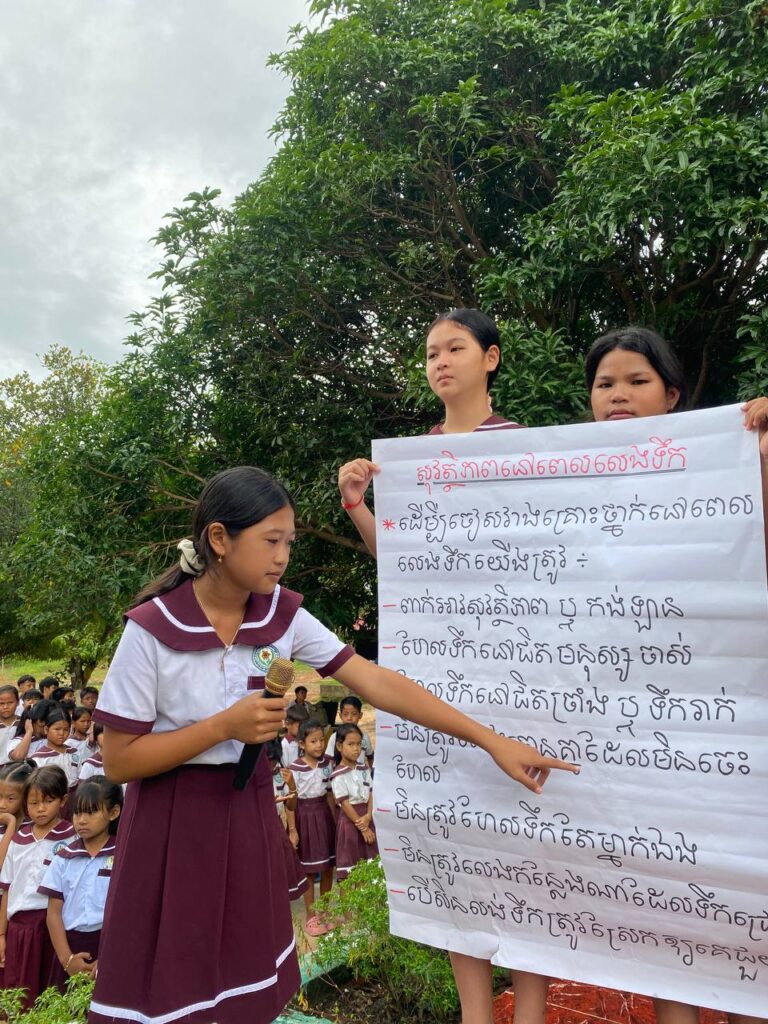
*Photos provided by Koh Sdach primary school
